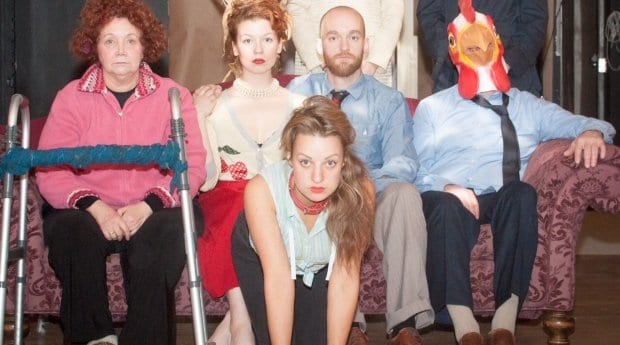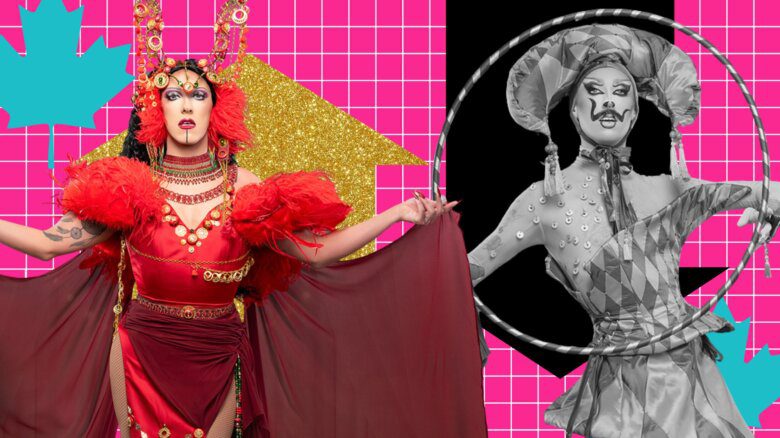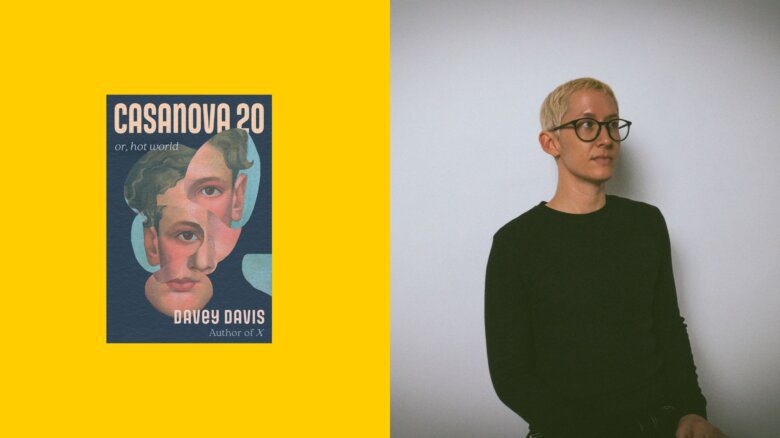A few years ago, Claire Burns passed on the opportunity to become a kinky couple’s pet.
“I’ve been in BDSM relationships, and about three years ago I was looking around online, hoping to become a couple’s third,” she says. “Then I met Master and slave.”
She decided the arrangement they were offering wasn’t for her. As their pet she’d have about the same level of independence as when she was in her early teens and living with her parents.
The couple made a lasting impression, however. Burns’s experience was limited mostly to kinky relationships that were acted out only in the bedroom, but Master and slave were committed to a public BDSM lifestyle. Burns was struck by how “normal” they seemed in spite of this.
“I think when we think of kink, we sometimes have this image of vampyness or super sexiness or people who are always in leather,” she says with a playful growl. “But that wasn’t the case with them, and the juxtaposition of their lifestyle and their normalcy was really intriguing.”
Burns wrote the farcical Human Furniture in part because of this experience. She wanted to write a play that would toy with people’s preconceptions about BDSM relationships.
The play is about Master, slave and pet (Master is male, both slave and pet are female), and it’s the most important day ever. Master’s waiting to hear about a possible promotion, and slave’s planning a party for pet. The party celebrates pet’s coming out as the third in their polyamorous relationship.
Farce is largely about subverting norms; authority figures often end up as fools, the people with the least power. In Human Furniture, Master frequently comes off as comically nerdy or needy.
Master, slave and pet are into forniphilia — where a submissive is treated as an inanimate object, often furniture — and pet wants the party to be Beauty and the Beast–themed so that she can be Lumière, but slave is a pony girl, so they go with a farm theme instead.
“There’s a big build-up on this day. Everyone’s invested. Then, because it’s farce, things start to go wrong,” Burns says. The obstacles include the arrival of Master’s boss, a drunken co-worker and the prying of a nosy neighbour — their relationship could be exposed at any time!
Burns hopes her inspiration, the real-life Master and slave, come to see the play. “I’d love for them to come because honestly it’s not offensive. I think they’d find it funny.”
Human Furniture
Thurs, Nov 13–Sun, Nov 30
The Storefront Theatre
955 Bloor St W
redonetheatre.com


 Why you can trust Xtra
Why you can trust Xtra


